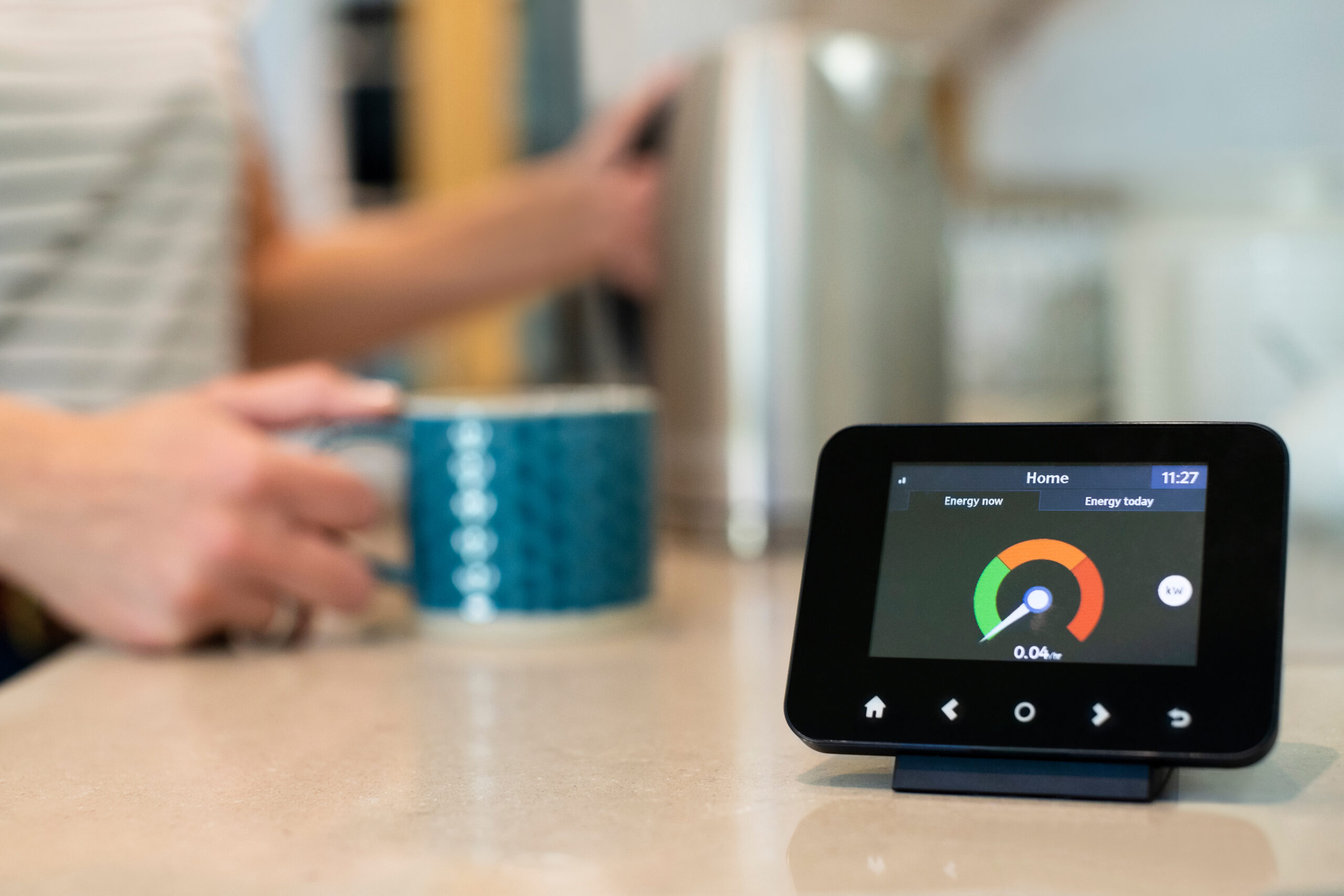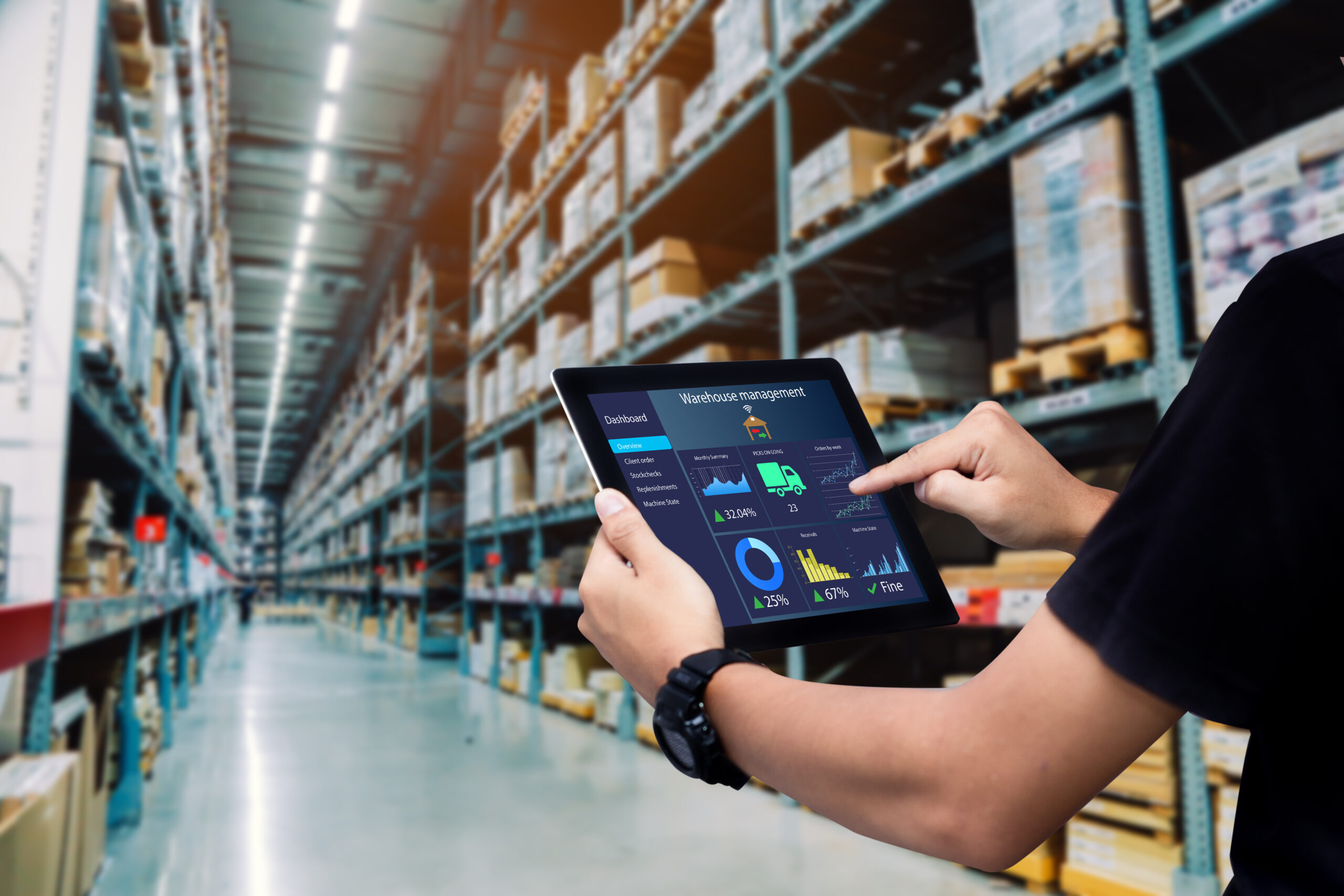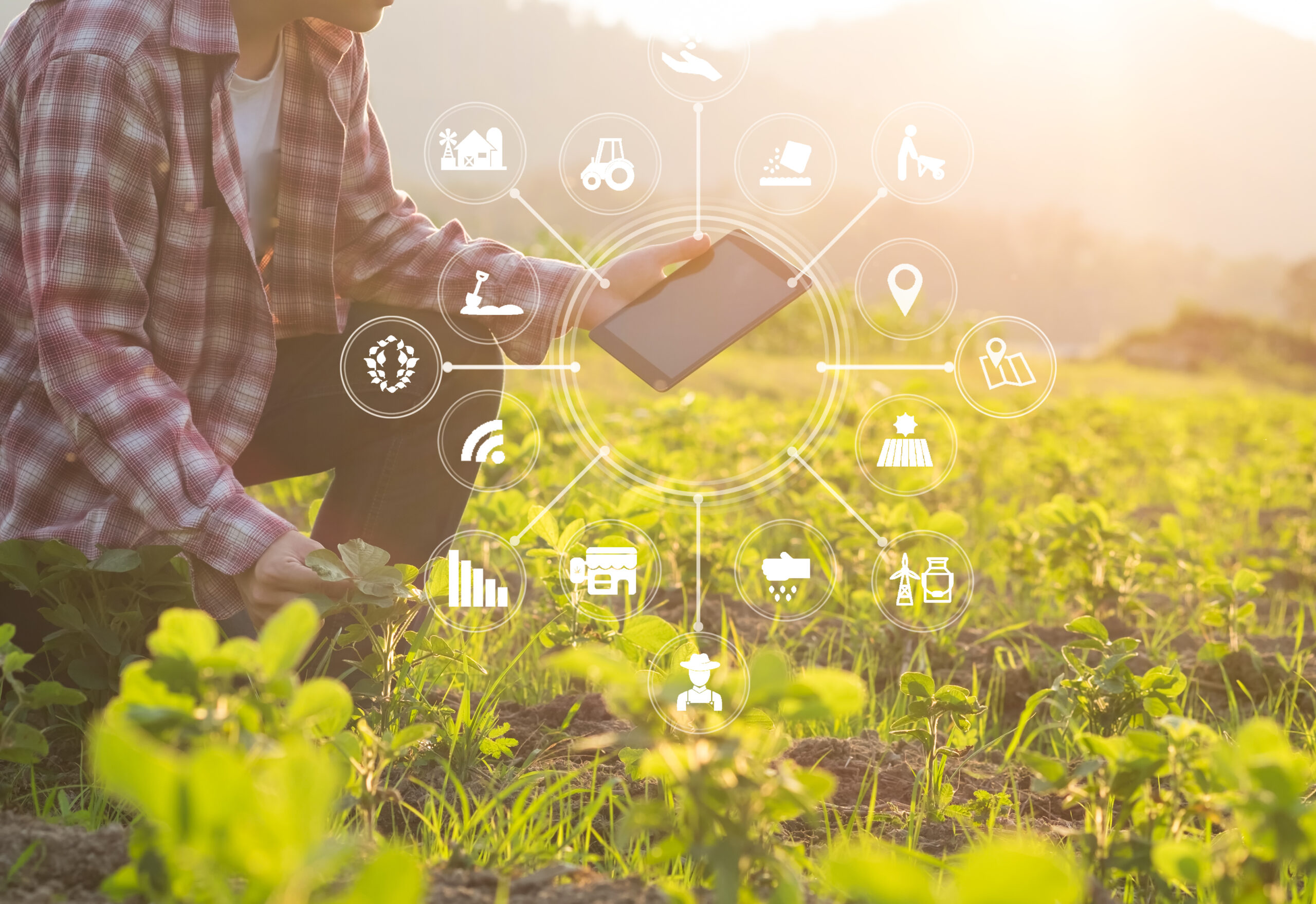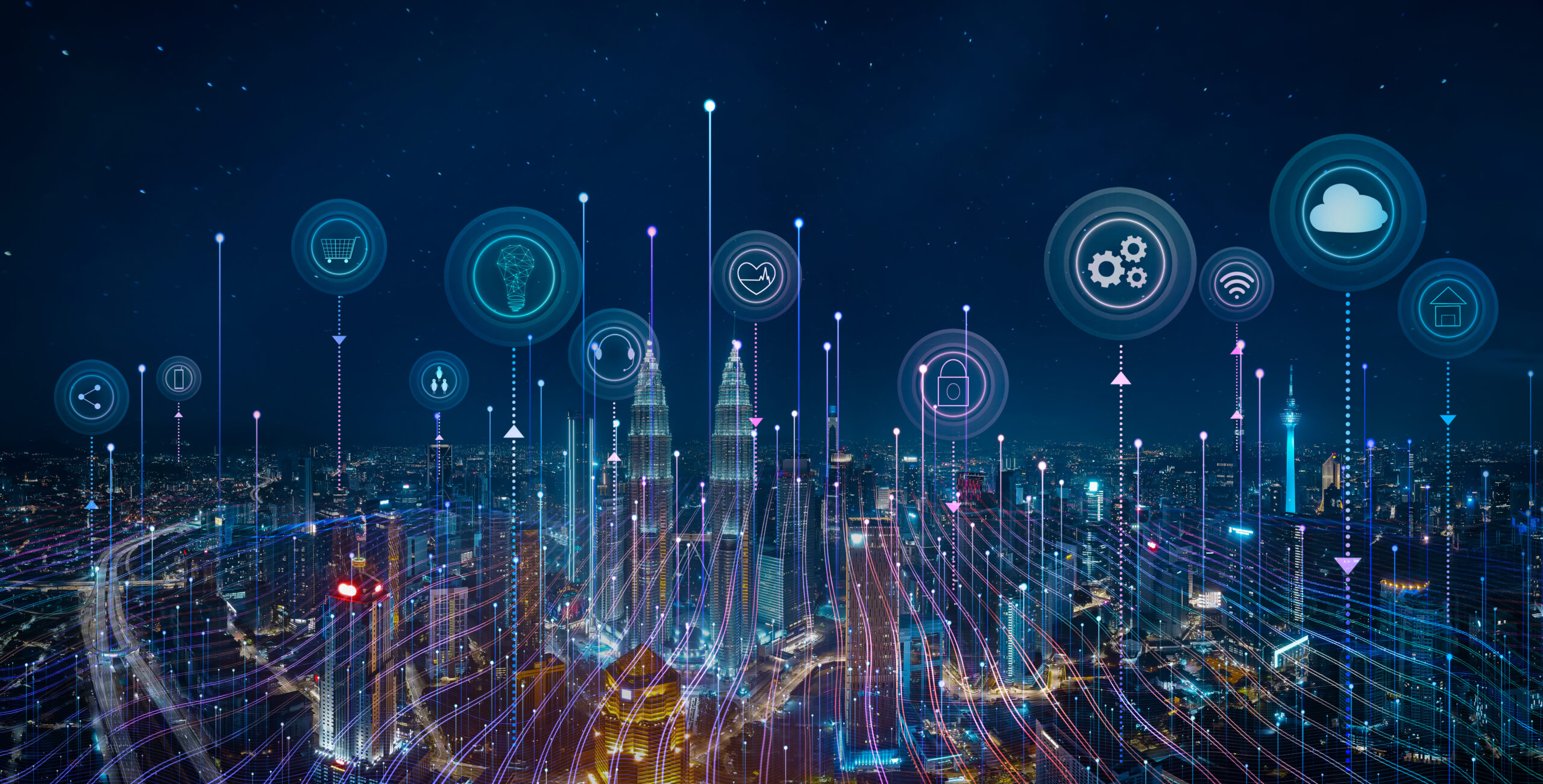The introduction of IoT (Internet of Things) in utilities will resolve multiple issues such as inaccuracy in collecting vital data and meeting the rising demand for a particular utility.
IoT can have a massive impact in the energy and utilities sector by monitoring the condition and performance of assets such as solar panels, wind turbines or batteries, and reporting on data such as flow level, voltage, kWh, energy consumption and much more.
Utility companies can save a huge amount of money and resources by remotely monitoring their assets and carrying out predictive maintenance, rather than waiting for something to go wrong and then sending out an engineer to site. Most of the time, a system reboot is all that is required and if this can be done remotely, it saves the utility company a call out fee from an engineer and a lot of time. Below is a brief outline of how IoT can benefit utilities:

Smart meters
Smart meters can monitor consumption in real-time
Power grids
Smart grids offer real-time data that can help electricity companies carry out demand-based power generation and distribution
Energy conservation
Consumers can restrict energy usage with the help of smart home appliances
Regulatory compliance
Smart meters can automatically collect accurate data about power consumption that can be used for regulatory compliance
Water management
Smart water sensors and our utility access hole antenna can track water temperature, quality, consumption, and pressure
Predictive maintenance
Utility providers can install IoT sensors in their equipment to monitor vibration, temperature, and moisture
Safety
The advent of IoT in utilities such as oil and gas can effectively improve employee safety on work sites
Supply-chain management
IoT sensors can enable procurement planning and scheduling for several types of oil and gas products

The use of IoT in the retail industry can be tightly connected to GPS and RFID technologies that will help brands track products through the entire supply chain process. However, this is not the only use for IoT in retail as it can be used behind the scenes in areas such as warehouse, packaging, and equipment maintenance.
Hubit has a long-standing relationship with a lot of customers within the retail industry, dealing with refrigeration monitoring and maintenance, warehouse management and stock tracking using RFID. Using sensors such as temperature and humidity sensors can allow a retail outlet to remotely monitor the temperatures of their refrigeration units from a central office, hundreds of miles away from the store and have a complete overview of all their stores using a single, online cloud-based platform.
The potential to implement IoT within the retail industry is huge and has only just begun to take shape. Below is a concise list of how it can be utilised:
Location tracking
IoT allows retailers improve and increase the reliability of their deliveries in and out of stores. The technology can increase operational efficiencies and improving logistics transparency.
Predictive equipment maintenance
Malfunctioning equipment such as refrigerator units can lead to tremendous reputational and monetary losses and can send a multitude of products to waste. By providing real-time equipment monitoring, this allows managers to have a proactive approach on servicing their electric appliances.
Inventory management
By implementing IoT into smart retail allows management to automatically track their inventory, product orders, reordering and analyse data on popularity and predict consumption by pairing IoT and AI (Artificial Intelligence) together.
Reducing waste and loss
Reducing waste and increasing efficiency are some of the main directives for implementing IoT within any industry. In some cases, it is a legal requirement to improve efficiency and to reduce loss to within a certain limit. With the implementation of IoT, this is easily manageable and monitored.
The IIoT (industrial internet of things) is the use of sensors and other monitoring devices to enhance manufacturing and industrial processes. The connected sensors allow companies to notice inefficiencies and problems sooner to save time and money, without the implementation of more staff.
IIoT has a huge beneficial potential to increase efficiency, quality control, and sustainable, green practices; this is across the overall supply chain.
The whole IIoT infrastructure is a network of intelligent devices connected by different wireless or wired protocols to accumulate, monitor, exchange and analyse data. This network can also be referred to as an ‘ecosystem’ and consists of the following:
These networks can utilise tools called ‘edge devices’, which is a piece of hardware that controls the data flow at the boundary between two networks, I.e., the source and the receiver. These edge devices and intelligent assets transmit the data directly to the communications infrastructure, where it is converted to readable information on how the connected equipment is behaving.


It is no secret that IoT has the potential to transform the future of agriculture, with the exponential growth of the world population, it is estimated that food production will need to increase by 70% by 2050 (according to the UN Food and Agriculture Organisation). As a result of this, agricultural lands will shrink, and depletion of finite natural resources will accelerate. The need to enhance farm yield has become ever more apparent.
IoT solutions are focused on helping farmers close this gap of supply and demand, by maximising their yields, profitability, and protection of the environment. The process of implementing IoT solutions is called precision agriculture and it is being rapidly adopted by farmers world-wide. Precision agriculture technologies comprise of highly specialised equipment, wireless connectivity, and software/IT services.
The methods that IoT use to assist with farming are one and many:
Farmers have started to realise that the IoT industry is a driving force for increasing agricultural production in a cost-effective way, whilst helping with the supply for increasing demand.
Smart cities use IoT devices such as connected sensors, lights, and meters to collect and analyse data. In turn, this data is used to improve infrastructure, public utilities, services, and more.
IoT applications are enabling Smart City initiatives worldwide, providing governments, councils, and companies with remote access to monitor, manage, and control devices connected to the network. This in turn allows new insights and actionable information from massive streams of real-time data.
Here are some of the most popular smart city technologies:

Smart utility meters
These devices connect to buildings and smart energy grids, allowing utility companies to manage energy flow more effectively. Smart meters also allow the user to monitor their energy consumption and it is estimated that utility companies could save $157 billion by 2035 due to smart meter implementation.
Smart transportation
We have already seen smart vehicles take effect through the means of voice search and location data capabilities, and as smart applications continue to evolve and grow, so will the adoption of smart transportation.
Other ways that smart transportation has taken affect is on public transport through the means of onboard WiFi, real-time contactless card payments, QR code ticket scanning, and more.
Smart waste management
Waste management is something that is often overlooked and is both costly and inefficient. Smart waste management solutions can alleviate some of these pain points by monitoring how full public bins are and send that data back to a central database to provide the best pick-up routes.
Air quality monitoring
Monitoring indoor air quality (IAQ) has seen a massive increase due to the outbreak of Covid-19 and is being rapidly implemented in schools, offices, and other enclosed spaces where people gather. The IAQ sensors monitor CO2 levels to estimate the parts per million (PPM) and can automatically open a window, turn on an air extraction unit or send a notification to a designated user to act.
2022 © Hubit Technology Ltd. Company 13977903